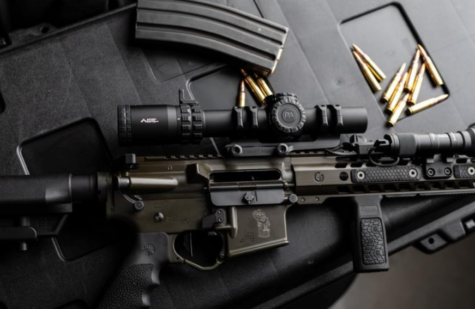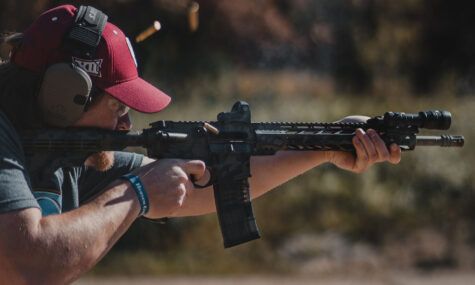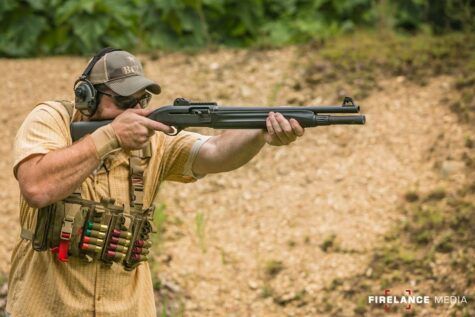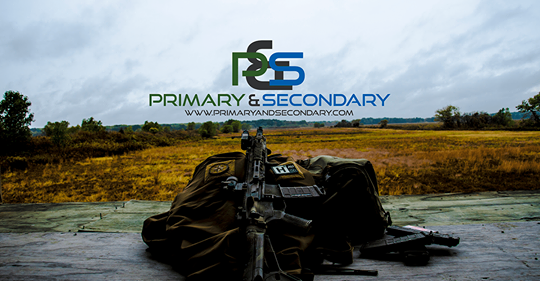
For researched, well-thought-out information on firearms for and by professional end-users, the Primary & Secondary website is second-to-none. Led by Matt Landfair, the site is a go-to destination for those looking to do more than validate preconceived concepts, procedures and ideas.
Taking that idea forward, Matt has recently announced the Primary & Secondary Training Summit. To learn more about the event, we reached out to Matt.
In case you missed our initial interview with Matt Landfair and why you should be following Primary & Secondary, click here to view.
Q: Matt, can you talk about why there is a need for something like the Primary & Secondary Training Summit?
Matt Landfair, Primary & Secondary – Within the current climate of law enforcement, a lot of people, myself included, complain about existing outdated policies…hitting dead ends with gear or training methods. Right now, there are trends out there like low power variable optics on patrol rifles, or red dots on pistols.
Many of us know that it is the direction that we should be going, but unfortunately some administrators and some agencies are not quite seeing that, or perhaps they don’t see the value in it.
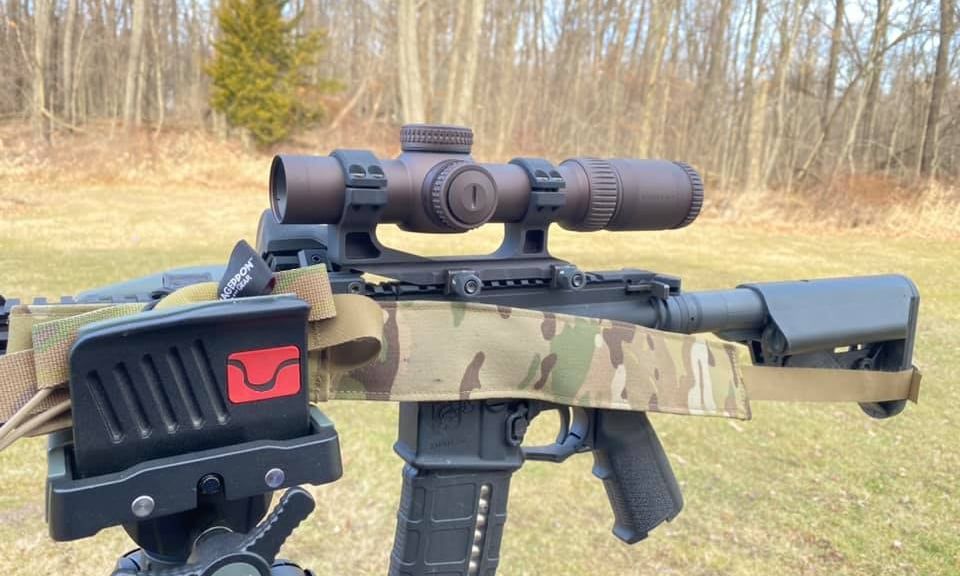
I wrote an article recently on this, but for the most part it falls on deaf ears. As I have said many times- we have those in law enforcement who have a job, and those who have a passion. Those who have that passion seek betterment constantly. They are always looking for a better way of doing things. They are always looking out for the betterment of their co-workers, for the public, and for their department.
Then, on the other side, we have those who simply “have a job.” The “lifestyle” ends at the end of the shift.
Q: Can you describe the difference?
Matt Landfair, Primary & Secondary – Those who have a job…they check in each morning; they go home at night…and that’s all. That’s the extent of it. They don’t live it.
So, we have those that seek betterment and try to do better, and it seems that a lot of those guys are already involved with Primary & Secondary. That network is there for them. I don’t think many of the people who “just have a job” would seek out that network. It wouldn’t be appealing to them because they are really not seeking betterment- they are striving to meet the minimum requirement, and what we try to focus on is striving beyond the minimum.
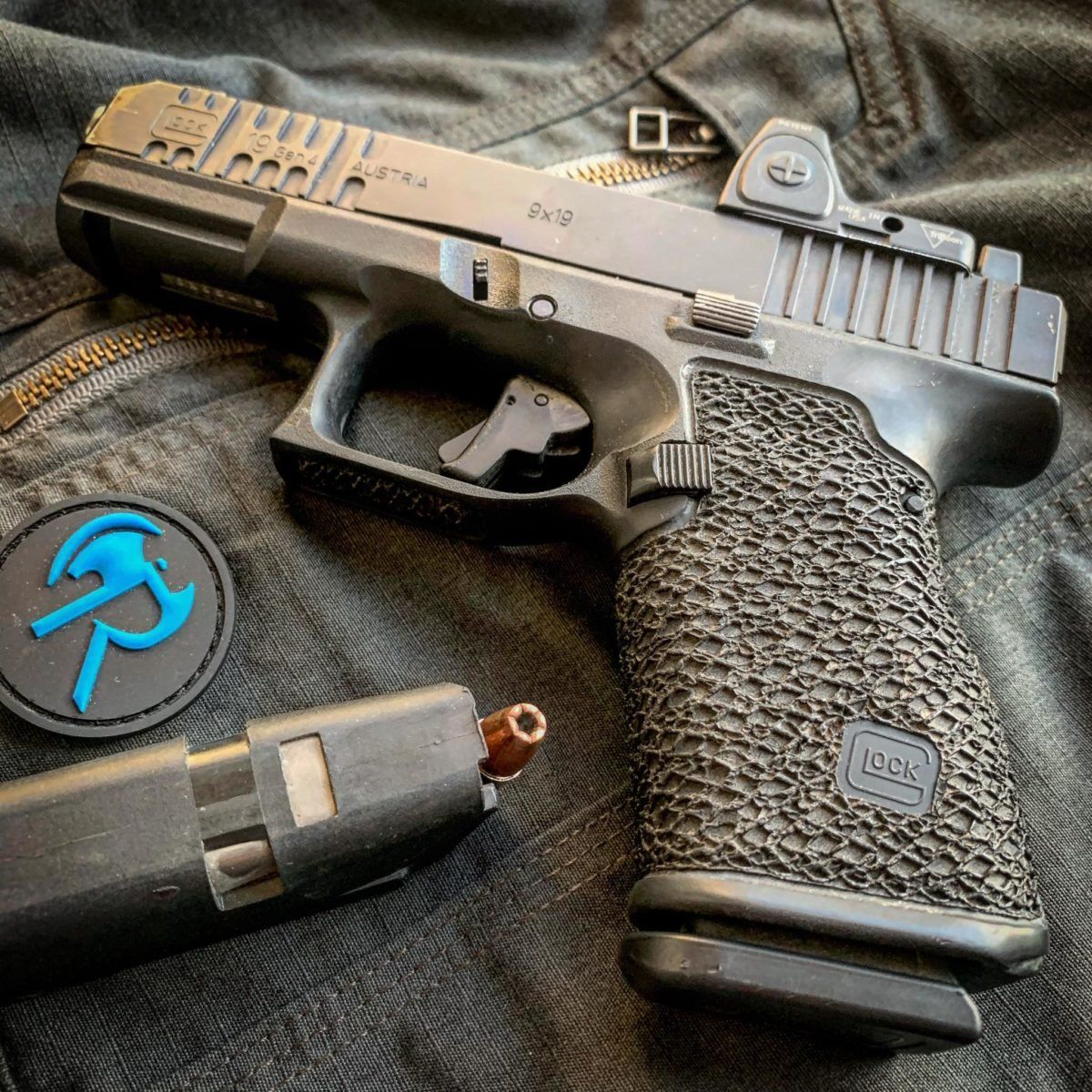
So, my thought was, we have this great group of people, we have a wonderful group of instructors…why don’t we all get together and try to make positive change? We have all these complaints from citizens about law enforcement…and everyone sees that there is an issue. We too, see that there is an issue, but there are also budgetary issues. Agencies can’t pay for all of this “cool guy” gear and all the training that we need on top of that. If law enforcement got all of the training, we thought we should get, we’d never be working, as we’d always be training, because the scope of what is needed is massive.
However, my thought was maybe we could meet people halfway. Maybe I could put together a big training event where instructors were able to touch upon hot button topics right now. What if I could get Varg Freeborn to talk about criminal mindset and violence?
What if I could get guys from Knight’s Armament to teach patrol rifles and low power variable optics… Scott Jedlinski teaching the basics of red dot pistols and Aaron Cowan to discuss his studies and work with getting RDS pistols into policy and their advantages. Chuck Haggard and all of these other great resources together…. all together to create some positive change.
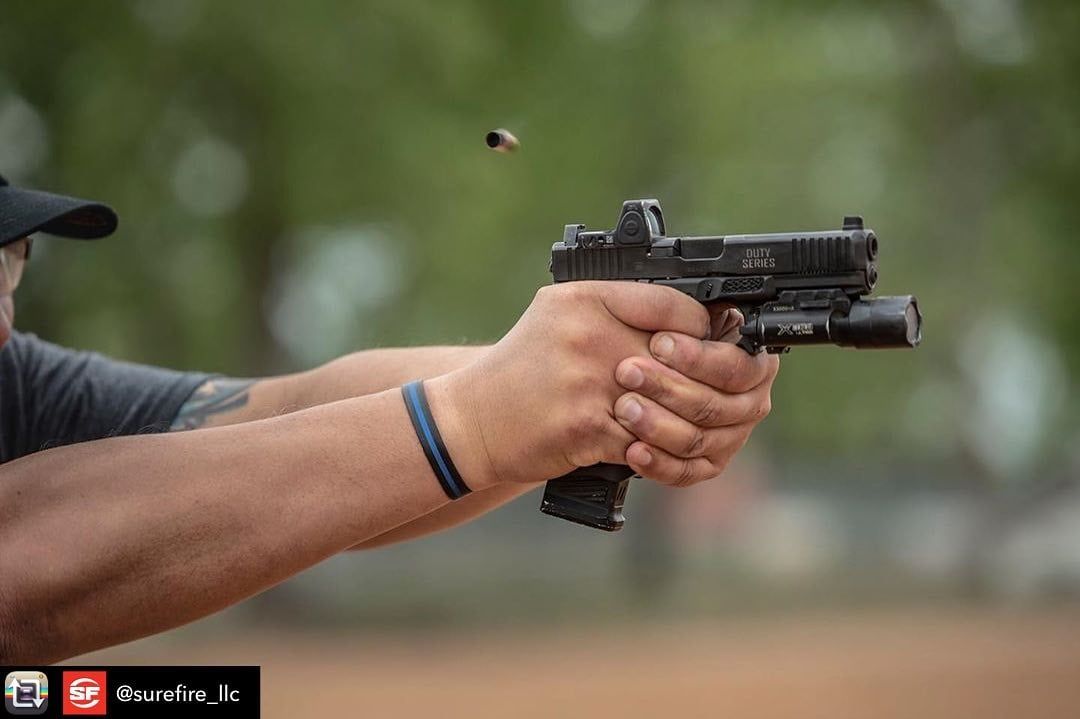
To accomplish this idea, I made the decision to reserve an entire facility in Northern Utah. As for my vision of the event, we’re going to have a working breakfast, lunch and dinner. We’re also going to have the days broken into four-hour blocks of classes throughout the day – it’s a buffet of training essentially. The reason for the working meals is that there are some topics that I think are super important. It’s just physically not possible with the amount of time and space that we have for everybody to get this information. I thought, since we’re going to have these breaks throughout the day, it’s an ideal time to have additional lecture time as well, so that everyone has the ability to hear great insights from industry leaders.
Q: You mentioned that law enforcement is dealing with issues…I don’t want to assume that I know what those are. Can you explain what you mean by that?
Matt Landfair, Primary & Secondary – Right now, at various agencies, there a lot of very old practices still being used. That’s not to say that they are wrong, it’s just that perhaps they are a little outdated. So, we have instructors today who are on the tip of the spear, teaching cutting edge techniques on a daily basis…I’m hoping that students can attend this event and pick up on improved ways to do things.
As just one example, pinning the trigger is something that is still being actively taught in law enforcement. Perhaps a fast shooting Grand Master competitor like Tim Herron, who will be at the event, can help show and explain why this negatively affects shooters if they are using this method for all shooting.
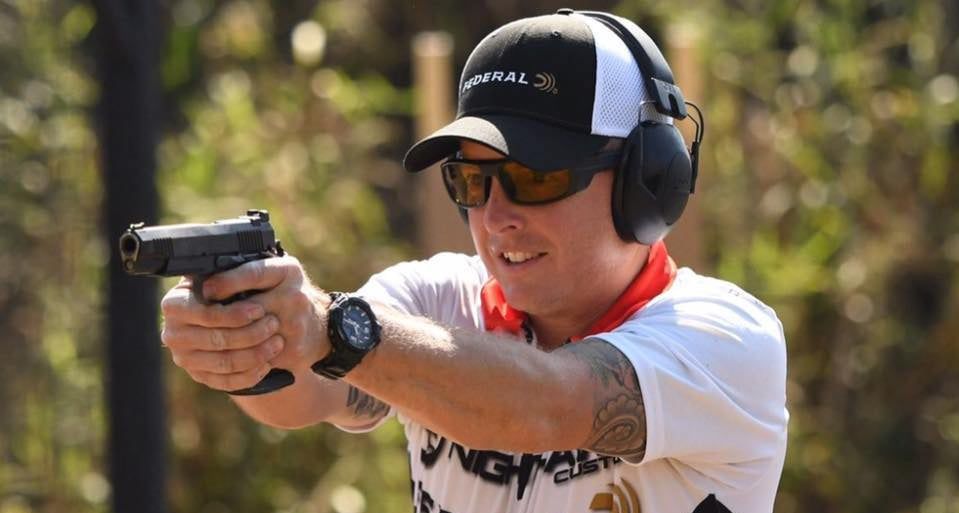
My point is, there’s a lot of misunderstandings out there, and I am hoping this event can be a part of helping clear things up for the people who most need to hear it. If we can help influence policy makers and decision makers along with range staff – we have a better chance of changing attitudes and practices in law enforcement. A larger agency influenced by this event will influence smaller agencies around them when what is taught turns into their practice.
Some officers are always going to strive for the minimum, and perhaps there’s nothing that we can do about that. But what we can do is we can increase the standards for ourselves. We can make our training methods more effective. We can maximize our ability to teach, if that makes sense. Using more appropriate tool who whatever job is useful and helpful as well.
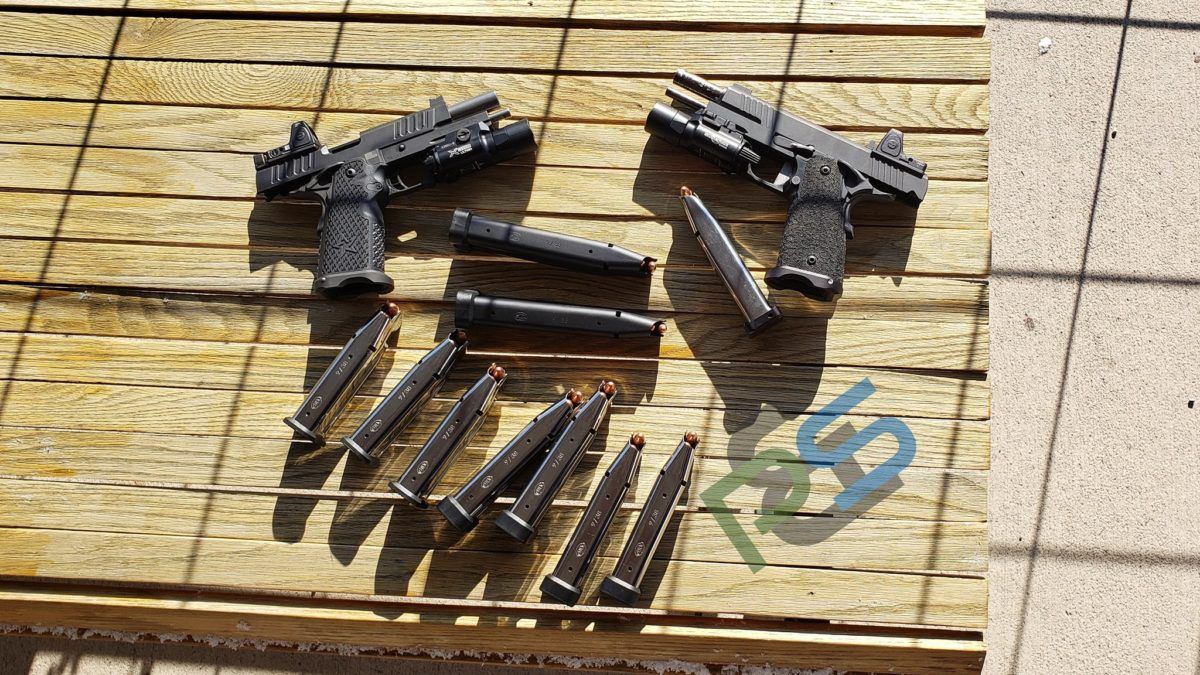
Q: It sounds like this event isn’t what you’d call a “training vacation.”
Matt Landfair, Primary & Secondary – No, that is not my intent with this. This is serious. It’s a working training event. I envision an 8 a.m. start and at least an 11 p.m. end to the training. I am not planning anything social. We will have food trucks on-site, but we will not be providing any meals. It’s going to be completely business. We are going to have people flying out to the middle of Utah for this training, and the absolute last thing I want to do is waste anyone’s time – both the students and instructors.
One of the main pushes for this is to create a positive influence for law enforcement. I am putting aside, on top of the existing 100-150 people that are going to be registered to be in the class…an additional 40-70 spots that are exclusively for law enforcement administrators, policy makers and range staff.
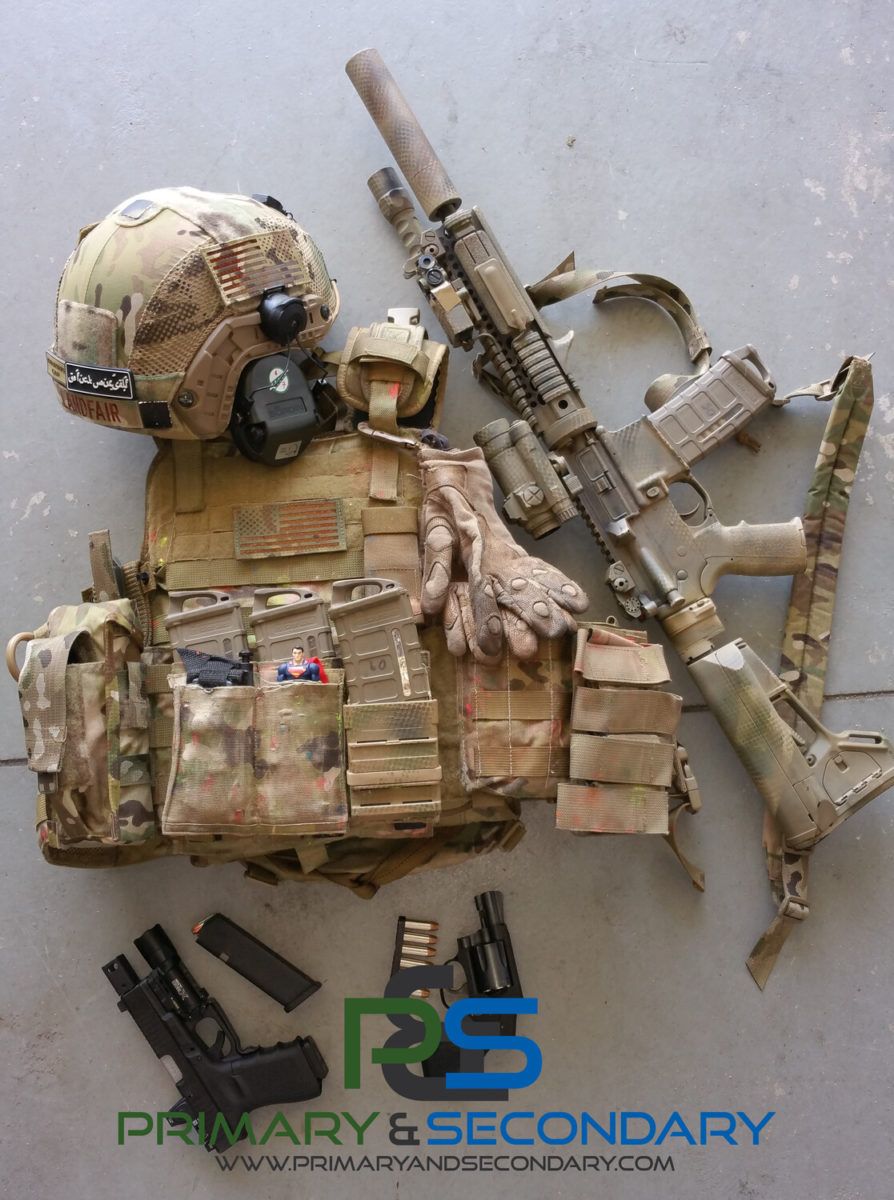
We want them in attendance because not only will we have hands-on classes, but we are also going to have policy discussions, and lectures. Not only will we talk about something like red dots on pistols, but we can talk about policy surrounding that…liability surrounding that…and we can talk about why we think they are a good idea. After that, we will go hands on with the tools so those students can see the positive results for themselves. They will be able to shoot and see for themselves. So, the hope is that officers can encourage the brass above them to understand that this event is worthwhile, so that they too can attend.
I find that there are so many cops that are surrounded by so many great influences, but when they try to pass stuff on, it just hits a brick wall. Perhaps we can have those decision makers come to us. I will cover their tuition so that they can interact directly with all of these wonderful instructors…instructors who can answer their questions, and they can also see and try things for themselves. They will be able to see why these are the trends that work.
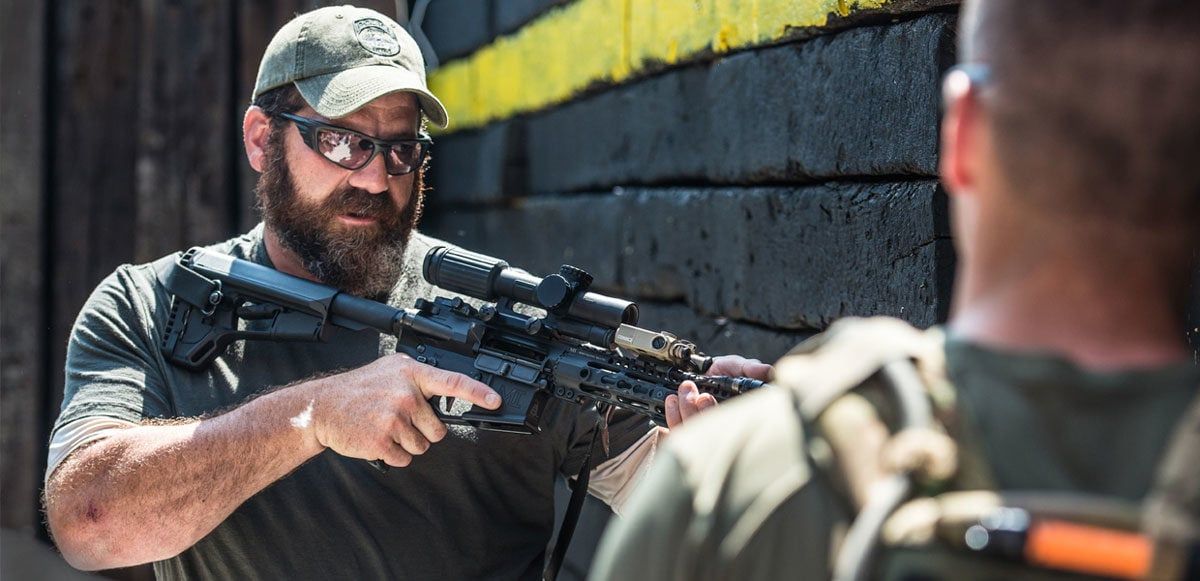
Q: How will this all be set up? Are there different stations that attendees will rotate through?
Matt Landfair, Primary & Secondary – As of right now, there will be just under ten shooting bays and around five classrooms. Each bay and classroom will have its own class going on simultaneously.
When attendees register, they reserve their spot in line to select which blocks they want to attend. The individual block selection starts in July. As for the administrators, there will be certain classes that I want to make sure that they can get into…that’s a huge priority for me.
As far as how the days will go, I envision that at the start of the day, there will be a lecture. Then students will break off into classes. Those classes will go on until lunch time, where there will then be another lecture or a demonstration. After lunch, there will be more classes until it is time for dinner. After dinner, there is the potential for even more classes.
Q: Any examples of classes you can mention?
Matt Landfair, Primary & Secondary – I have been talking to several companies…Knight’s Armament, for example. They are going to be supplying patrol rifles along with Vortex Optics. With just those two companies, you can see how we can easily put together a low powered variable optics course.
As soon as it gets a little dark, we are going to do flashlight demos. We can go play with the PLH or OKW from Modlite or Cloud Defensive OWL.
On the third day, we may have either a large-scale competition, or practical exercises along with continuing lectures. This is something I am still trying to iron out the details on. But regardless, at this event, we are going to have many of the world’s best instructors on-site, each teaching what their specialty is. That means Chuck Pressburg teaching “no fail pistol,” and Bill Blowers teaching his pistol diagnostic course.
Basically, the classes we offer are going to be dictated by the needs of the students who attend, with the primary students being those administrators, rangemasters and decision makers. I want to ensure that we are able to create a positive change for law enforcement in general. Since we are still in the planning stage – the end of that stage, I can still tailor courses based on input I receive from agencies.
Q: What is the official date and location?
Matt Landfair, Primary & Secondary – Logan, Utah on September 5, 6, and 7th. That’s on Labor Day Weekend, on purpose. The official name is the Primary & Secondary Training Summit.
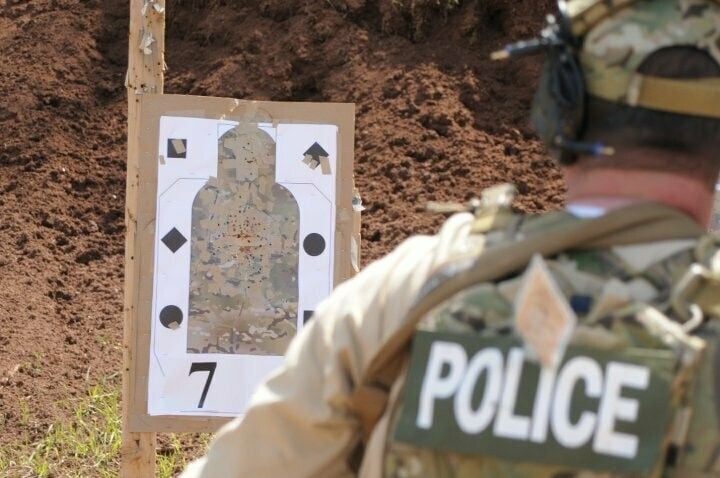
Instructor roster (possible changes may occur):
Chad Albrecht – lecture: AR diagnostics/upkeep/microarmorer
Bill Blowers – range: shield (LE if enough interest), diagnostic pistol and tracking progress
Darryl Bolke – lecture: Training Habits of Highly Successful Gunfighters
Andrew Fisher – lecture: stop the bleed, first line medical best practices, outfitting within scope and ability
Steve Fisher – range: LPVO and intermediate/close distance carbine
Varg Freeborn – lecture: criminal mindset/violence of mind
Jim Fuller – lecture: AK history, diagnostics, outfitting
Chuck Haggard – lecture: controlling unknown contacts, range: contact distance shooting and options/low light techniques
Tim Herron – range: throttle control/distance and multiple targets/weak hand and strong hand only shooting
Ash Hess – lecture: Establishing and maintaining organizational weapon standards, range: LPVO, alternative shooting positions
Scott Jedlinski – range: efficient EDC, RDS, competition
Matt Little – range: close range carbine, competition, incorporating live fire into effective training
Mike Mihalski – lecture: AR-15 standardized quality (selecting duty/defensive weapons)
Chuck Pressburg –lecture: loadout considerations/shooting around friendlies and unknowns/nvg, range: no fail pistol, shooting under nvg
Jared Reston –lecture: starting and ending the fight, range: active shooter response
Dr. Gary Roberts – lecture: understanding terminal ballistics/choosing defensive/duty ammo

